The school of life is a classroom without walls where people from all walks of life come together.
Some because of similar interests, others because they share certain beliefs and attitudes.
The Straits Times picture desk celebrates Singapore communities with unconventional talents and stories with their “class portraits”.
Fix broken fans? It’s a breeze
The idea behind Repair Kopitiam is to teach people how to mend broken appliances and then, hopefully, have them become volunteers and instructors teaching others to do the same.
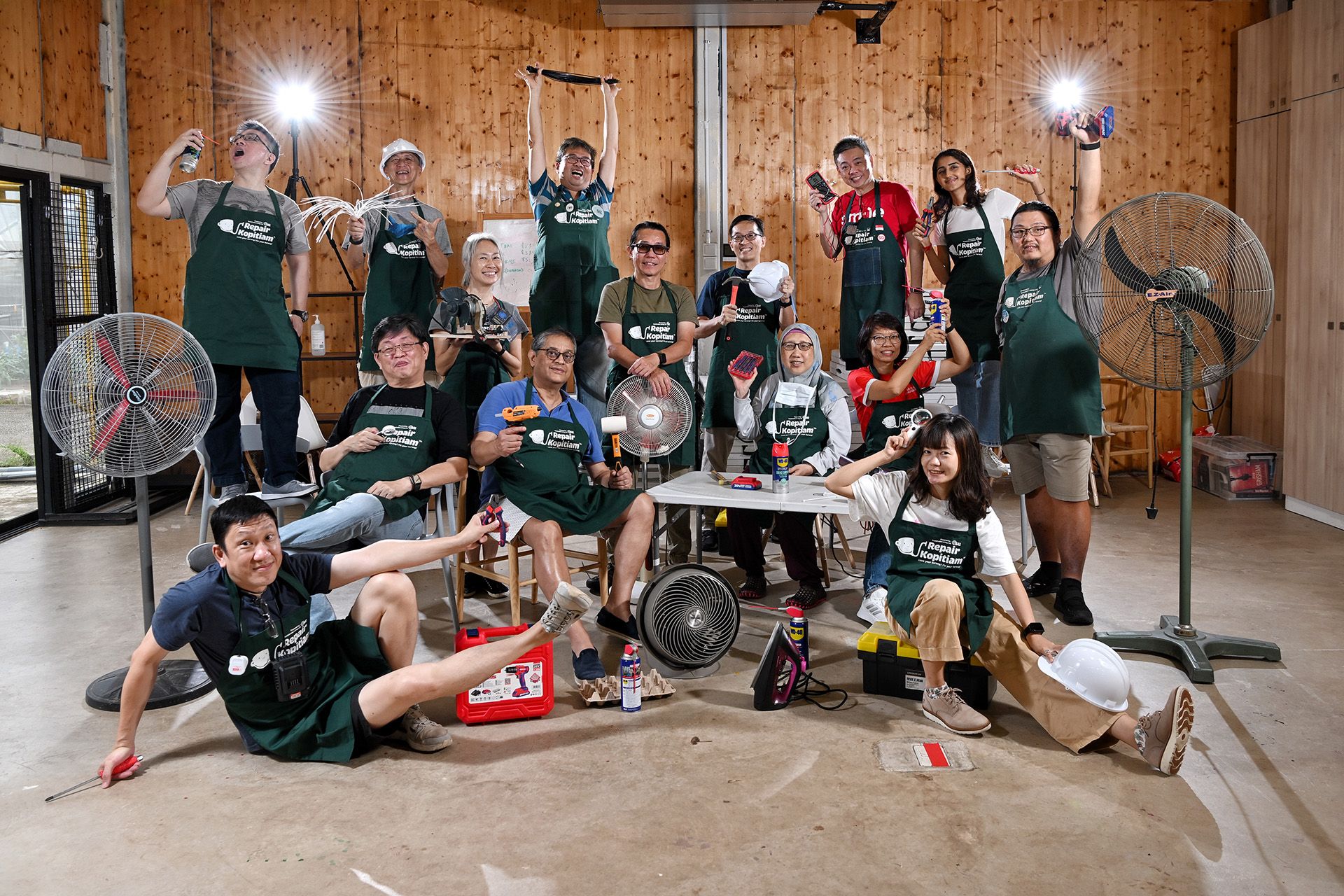
“What we’re trying to do is let people know that it is possible to fix items, and by doing so, promote our mission of cutting down waste and to transit to a circular economy,” says Mr Daniel Chong, a coach with Repair Kopitiam.
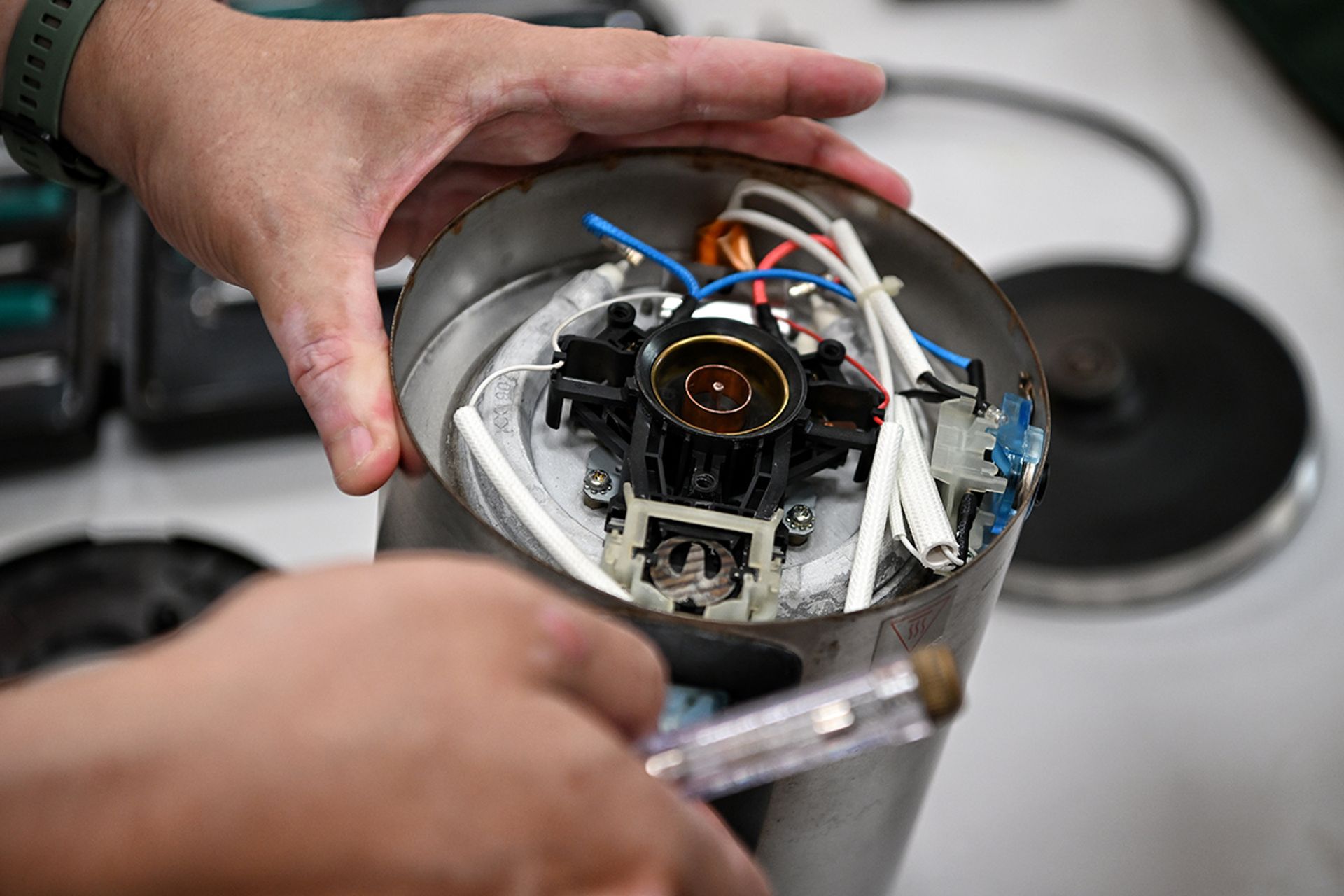
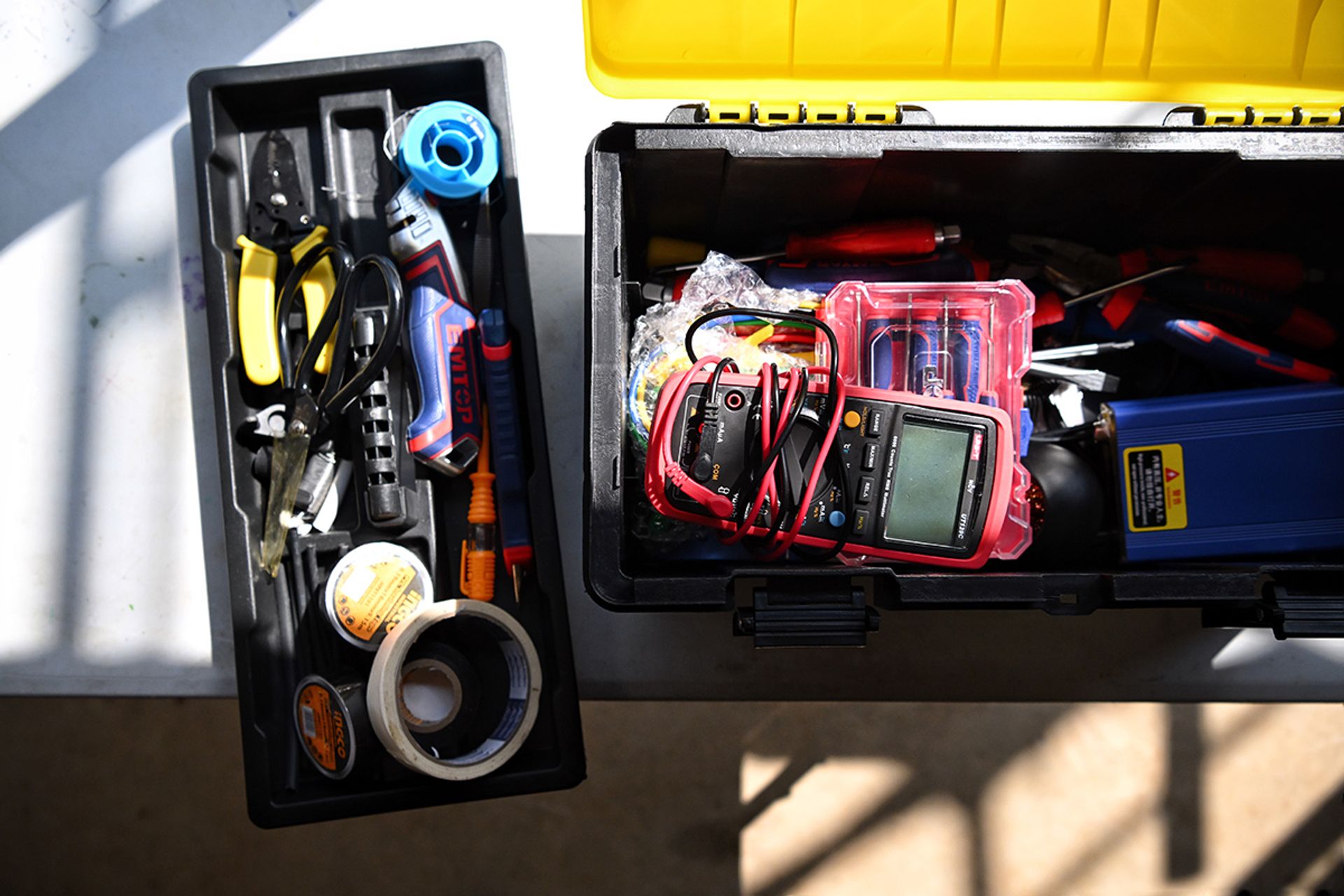
The 44-year-old civil servant is one of 3,000 coaches and volunteers who have learnt to do repair jobs and now teach others.
MEET AND FIX
Repair Kopitiam, started by social enterprise Sustainable Living Lab in 2014, operates as a community repair meetup on the last Sunday of the month.
People sign up online for an appointment to learn to troubleshoot and, if possible, repair their broken appliances at one of nine venues, including Jurong East and Pasir Ris.
“Fans are the most popular appliances that participants bring in for repair,” says Mr Danny Lim, a 54-year-old manager who is the administrator of Repair Koptiam.
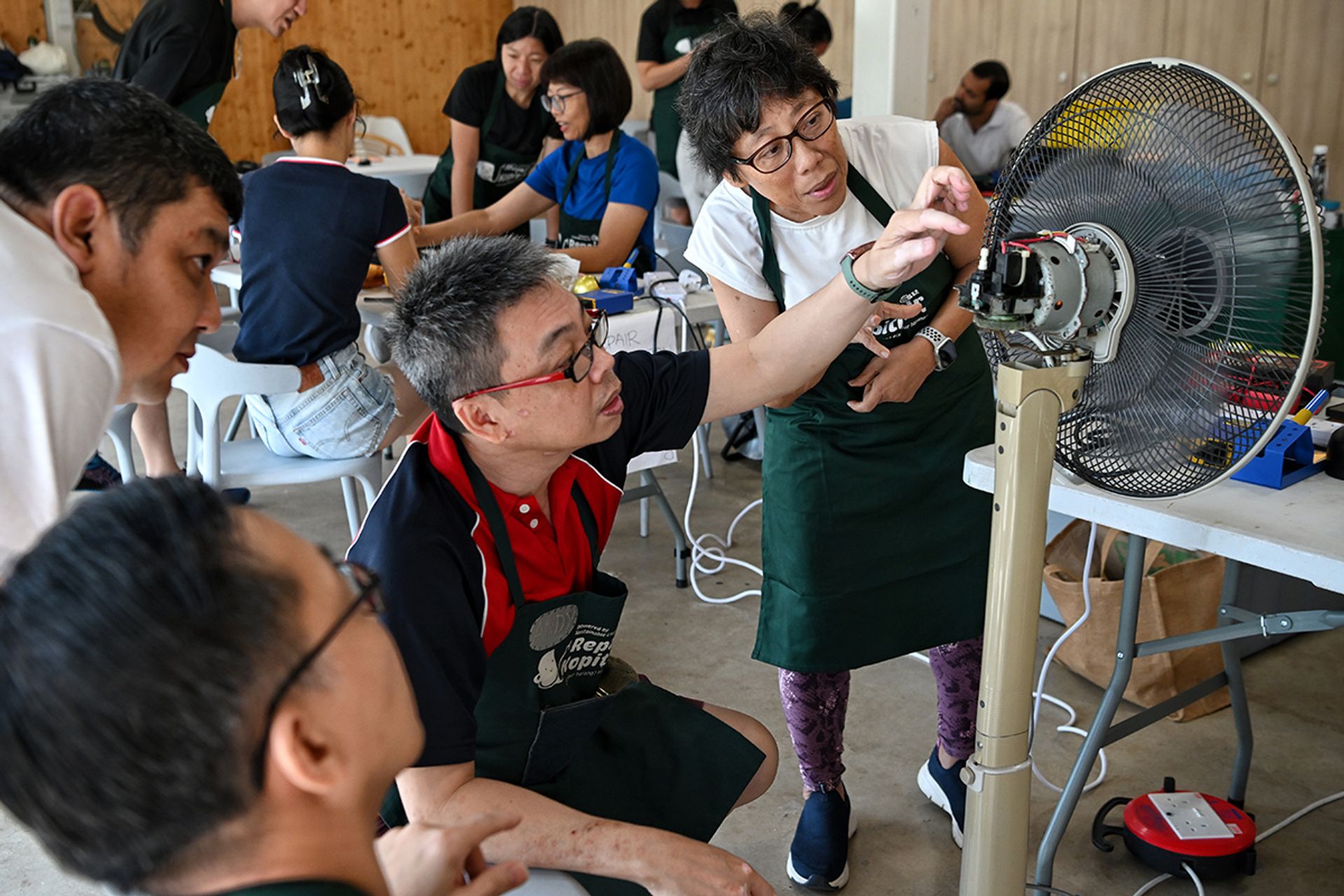
“But we also get other appliances ranging from irons, ovens, steamers and even toys,” he adds.
The online bookings allow the organisers to find out the items that are coming, which means that “we can alert the coaches and prepare them, as well as prevent visitors from bringing items that we don’t have the tools and expertise to repair”, Mr Lim explains.
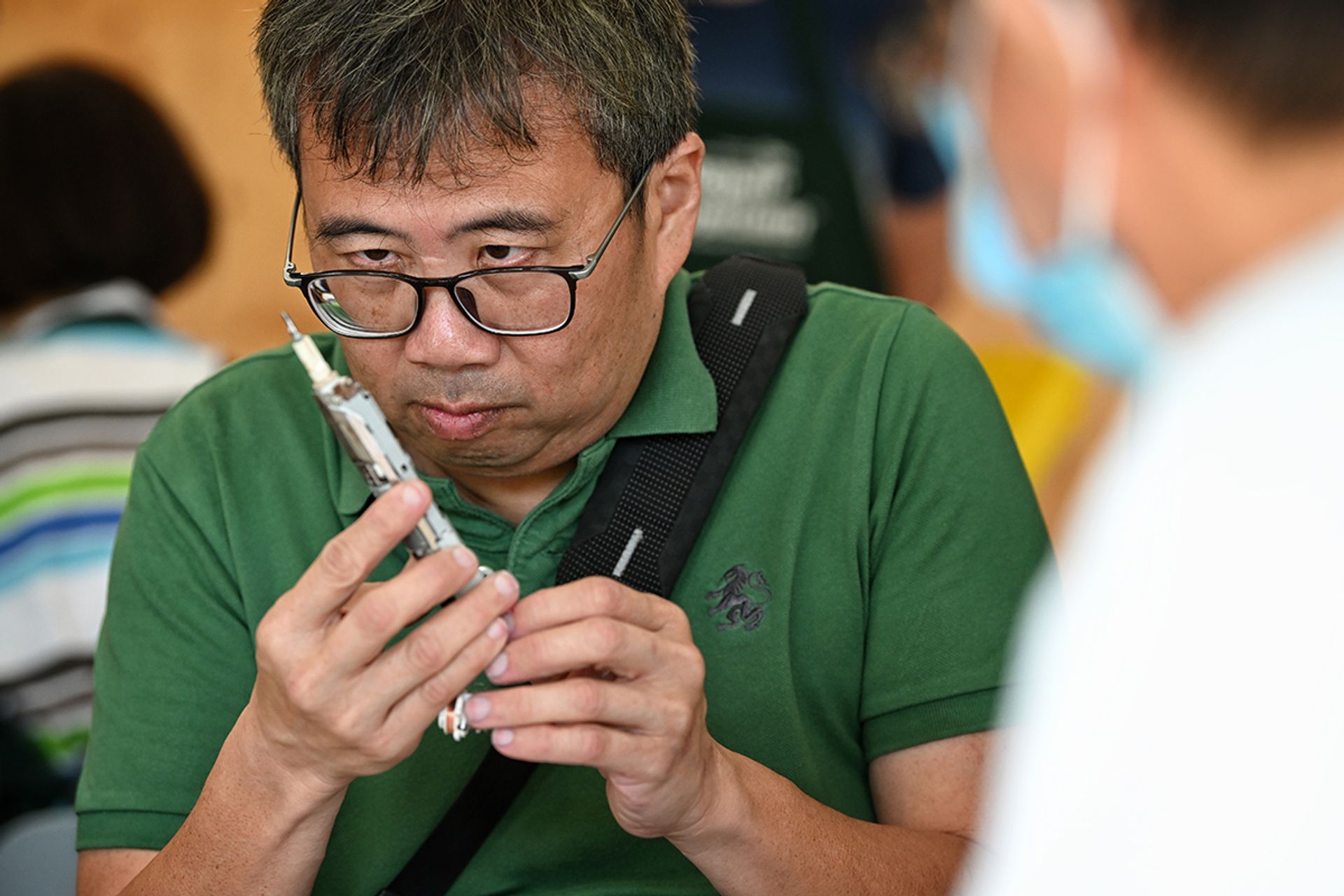
The numbers vary at each place, he says, but the average attendance at the Tampines venue is about 45.
“For a lot of older people who come in to fix things, it’s not just the material value that they have attached to the item, but a sort of emotional bond that is greater than the monetary value which they have put on the product,” says Ms Riddhi Mehta, a 25-year-old volunteer with Repair Kopitam.
The associate consultant believes there is a unique charm when people fix their own items. “Beyond the actual repair work, there’s the social interaction which comes with it,” she adds.
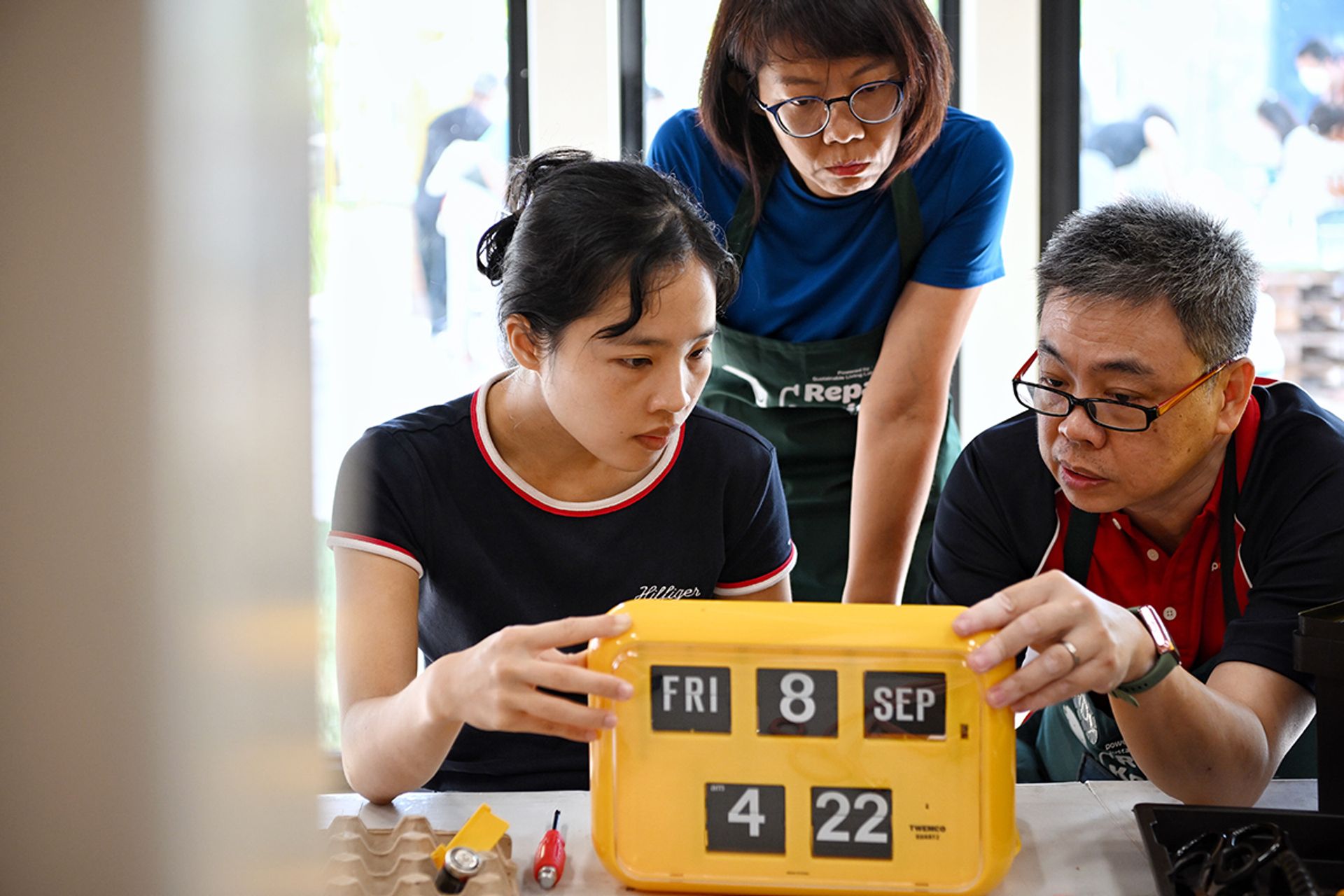
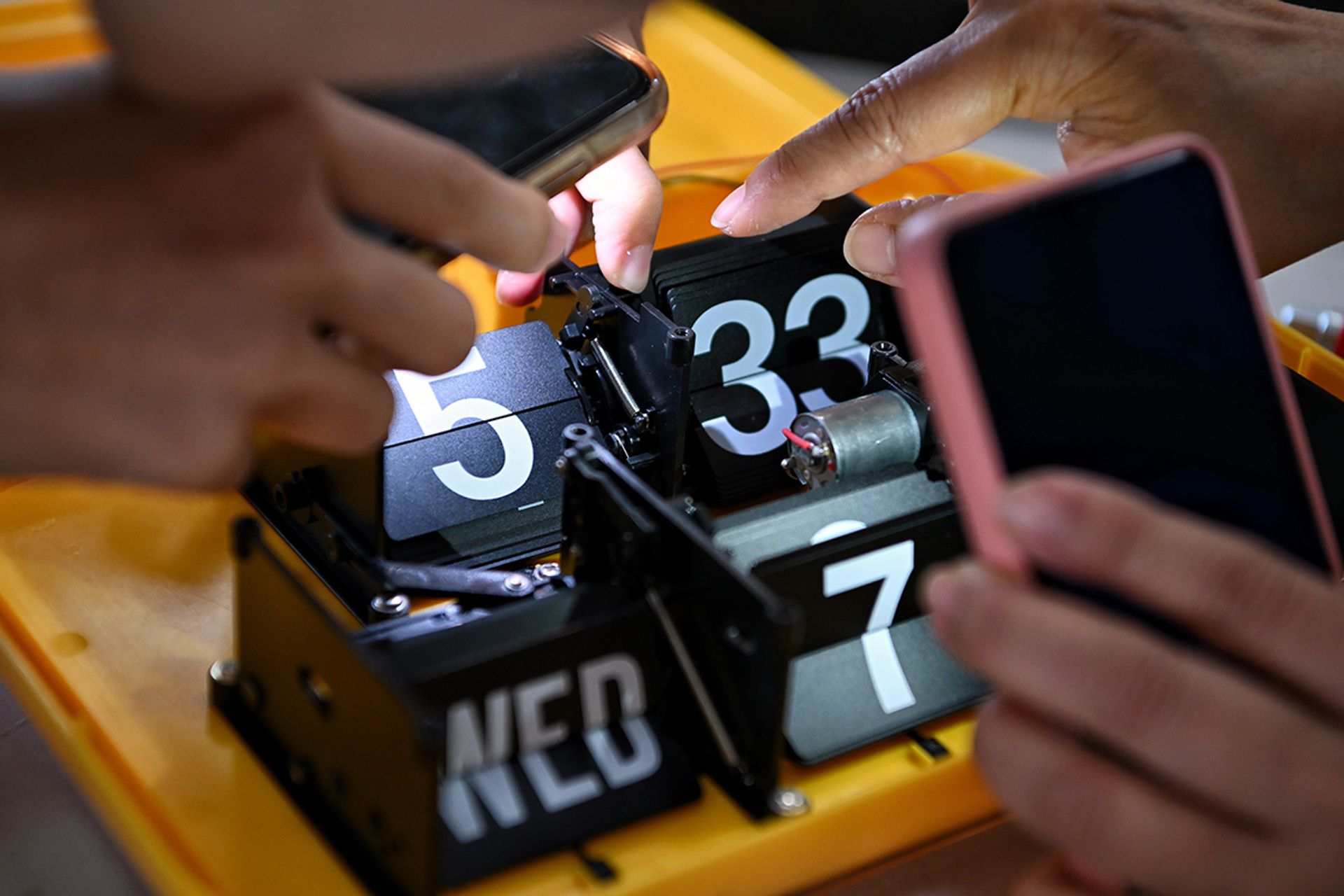
Ms Riddhi hopes this kind of “therapeutic repair” can be further explored with Repair Kopitiam.
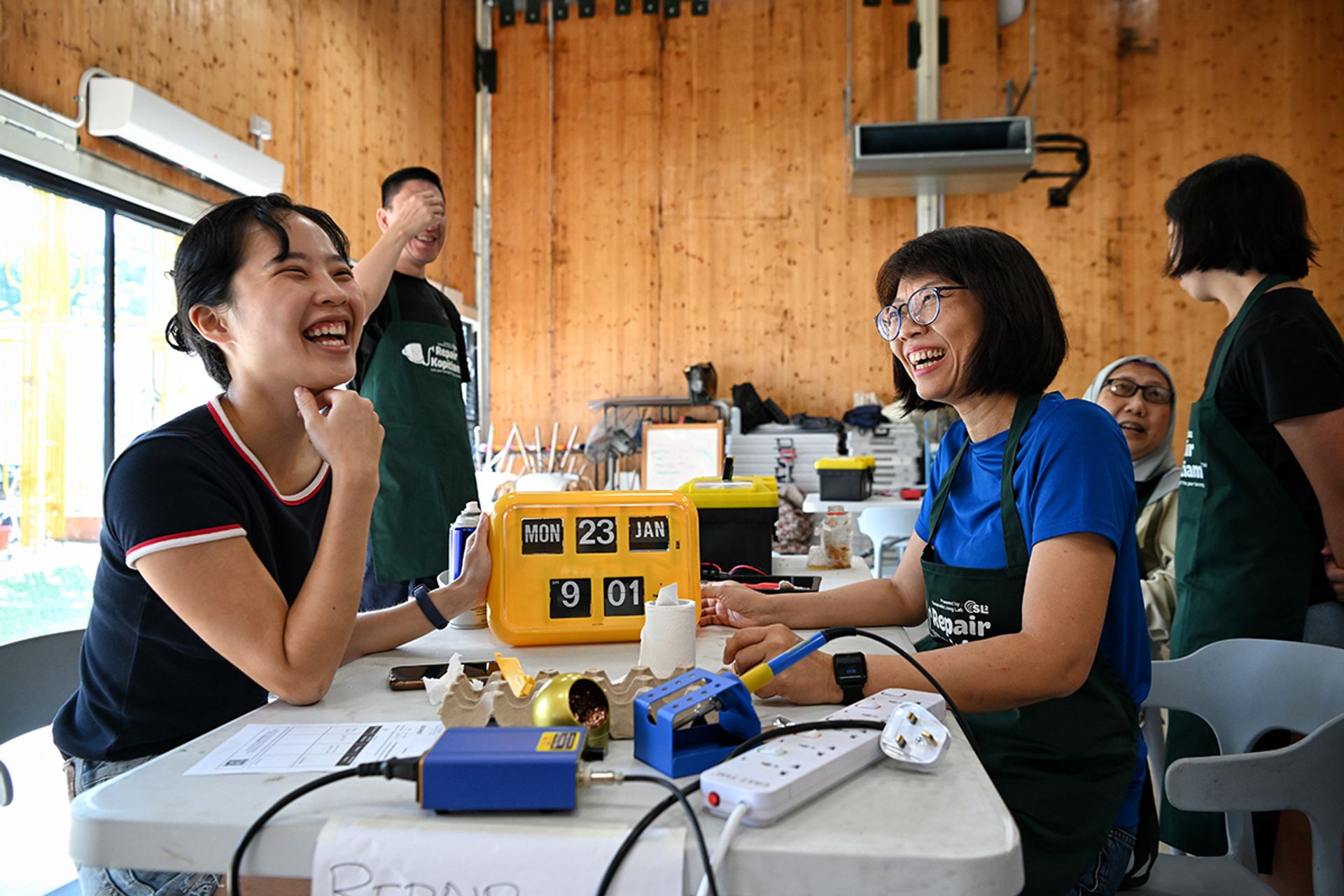
Much like therapeutic gardening, which encourages elderly participants to use their hands and pay attention to detail, she believes therapeutic repair is a natural and uncurated process that not only improves dexterity and movement, but also serves as an opportunity to meet other people with similar interests.
“When Repair Kopitiam started, the whole idea was to prevent waste, to improve the life of products, but along the way, there is the social component that came up, which is such a fantastic by-product” Ms Riddhi adds.
To find out more about Repair Kopitiam, visit www.repairkopitiam.sg.
Mostly Malay lion dance troupe proves to be a roaring success
Mr Jashairie Jamsairi, 19, had an unusual pastime growing up.
Since he was three, he has been practising lion dance with his father.
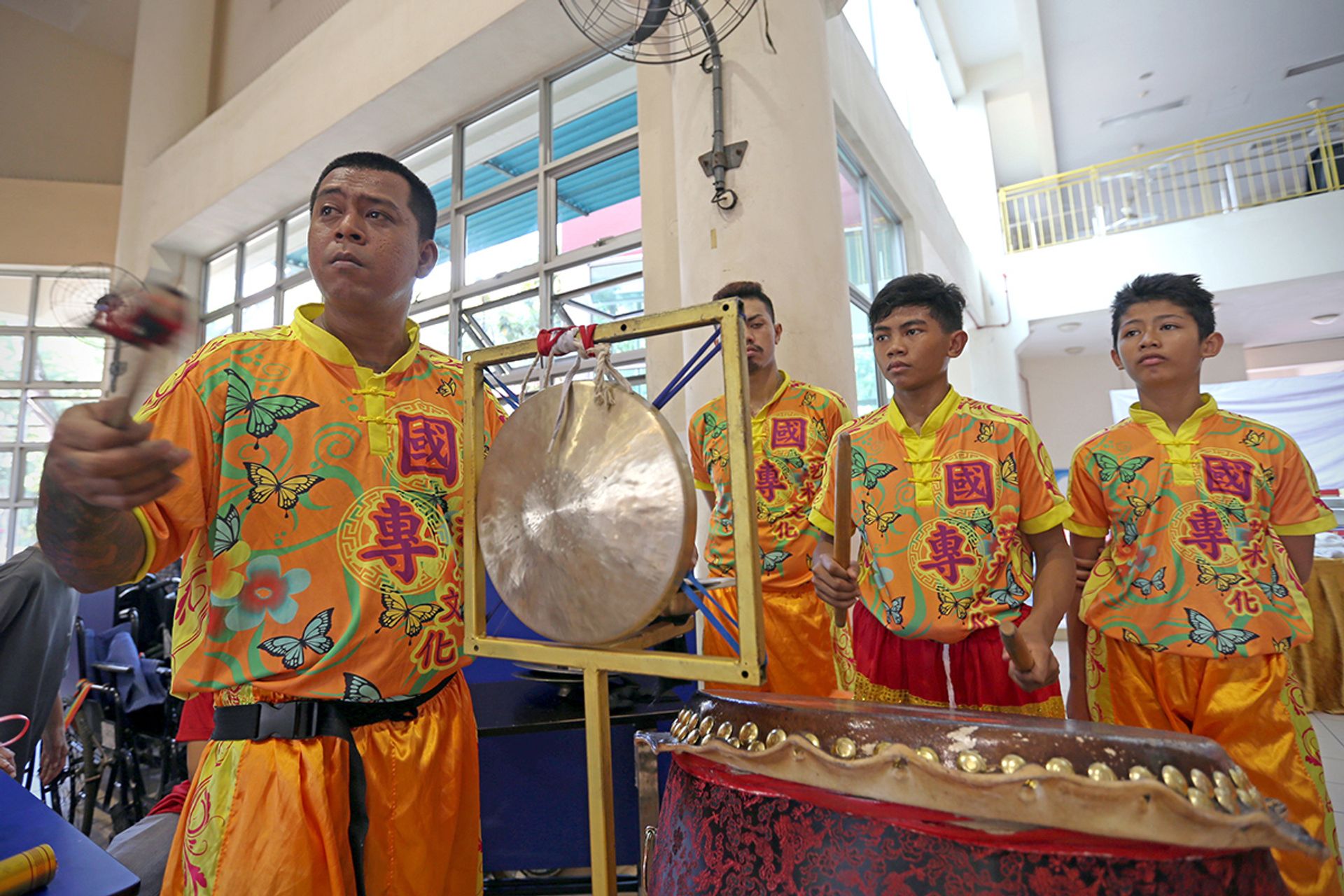
Mr Jashairie is a member of a predominantly Malay lion dance troupe, the Kuo Chuan Arts Cultural, founded by his father Jamsairi Kamaruddin in 1998.
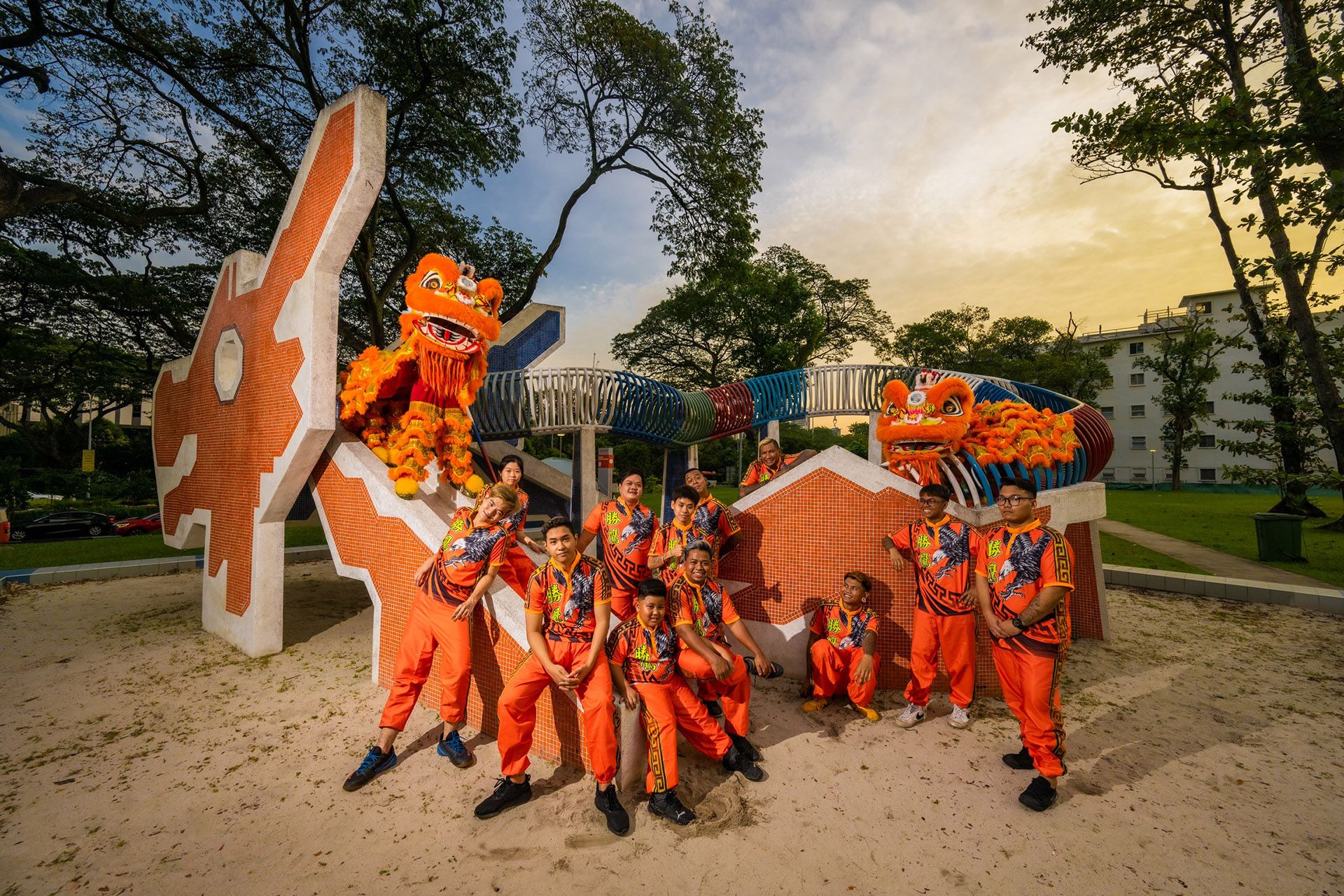
The troupe has maintained a steady membership of about 30 active participants, growing to 50 at peak seasons such as Chinese New Year.
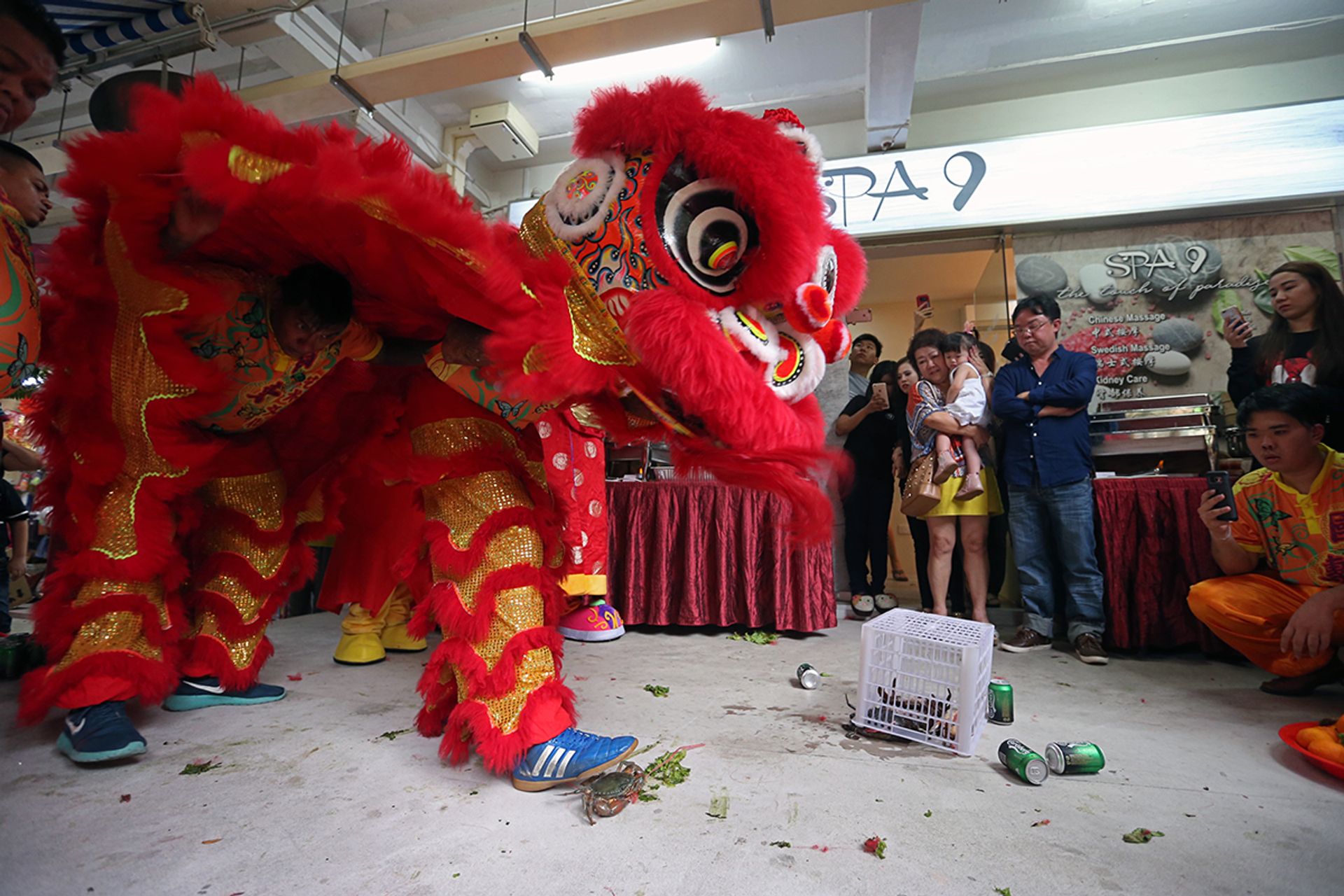
For Mr Jamsairi, 42, or Bobby to his peers, lion dancing transcends race and culture.
“I don’t like soccer, I don’t like sepak takraw, or all the games we played in the void deck,” says Mr Jamsairi, who first started lion dancing with the now-defunct Kuo Chuan Police Boys’ Club lion dance troupe when he was seven.
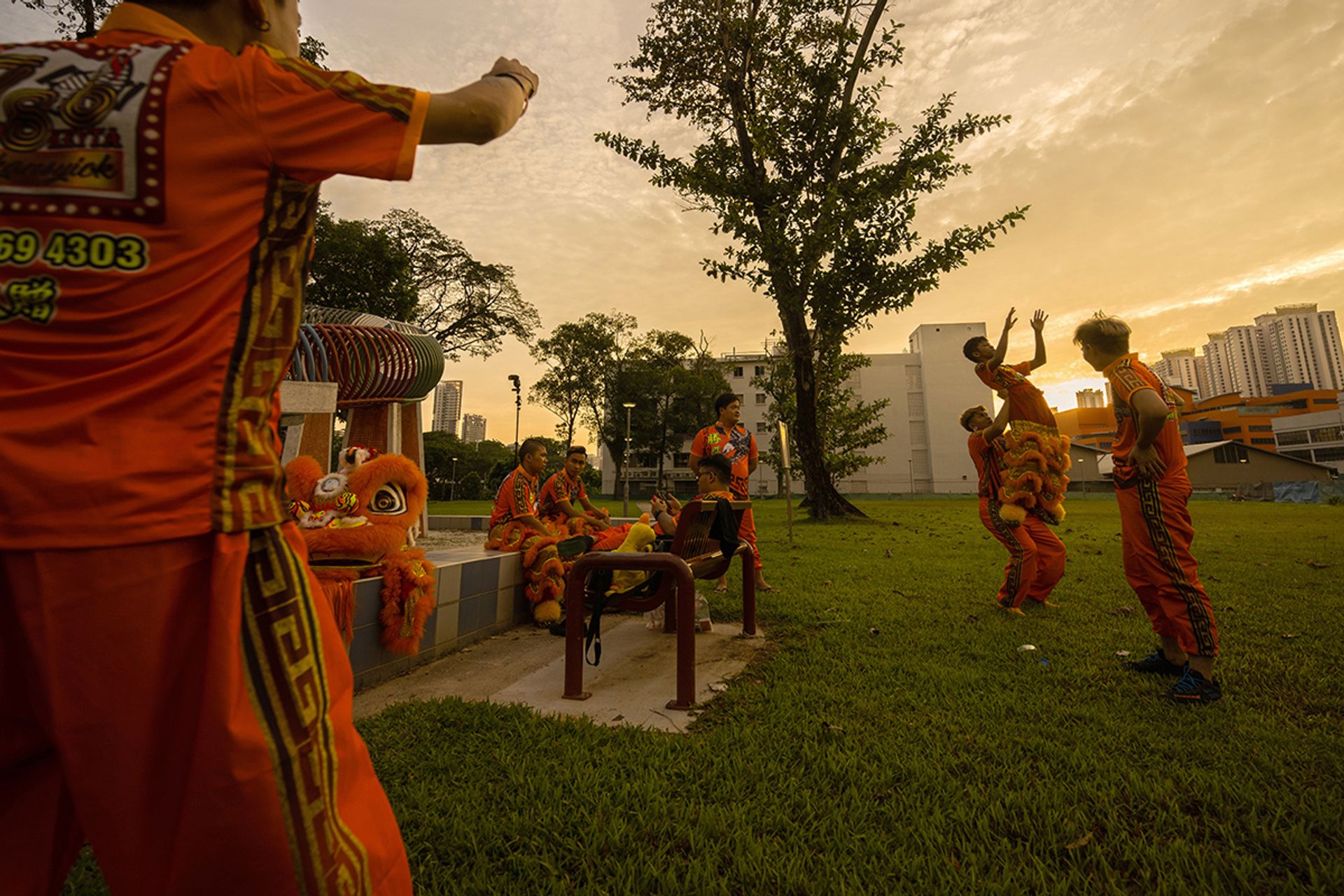
Instead, it was the thrilling drumming, the vibrant hues of reds and oranges, and the swift acrobatic movements that fuelled his interest.
But there is still the fear of rejection from clients that looms despite his decades of experience in lion dance. “I had to reassure some clients that we knew what we were doing,” said the father of 11.
Currently, four of his sons are in his lion dance troupe. He plans on Mr Jashairie, the second oldest of the four, taking over the business.
Mr Jashairie, himself the father of a three-year-old, has started taking his own son to practice. It truly is, he says, a family affair.
Deep dive into a magical underwater world
Looking like they came straight out of a fairy tale with their crowns, necklaces and silicone tails, members of the mermaid community in Singapore make every effort to look the part underwater.
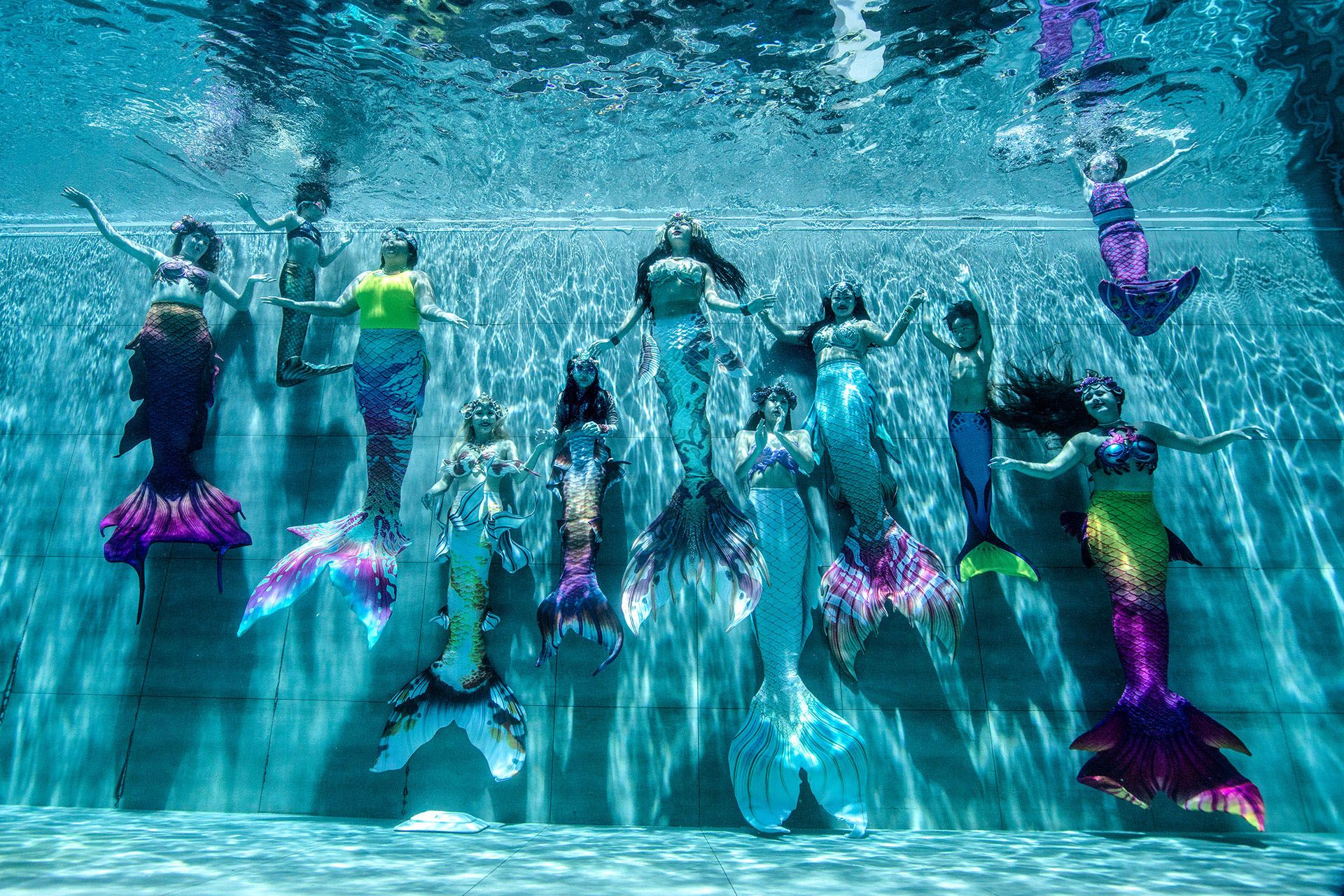
“Mermaids come in every shape and form you can imagine,” says Ms Cara Neo, 31, better known by her chosen mermaid name, Syrena.
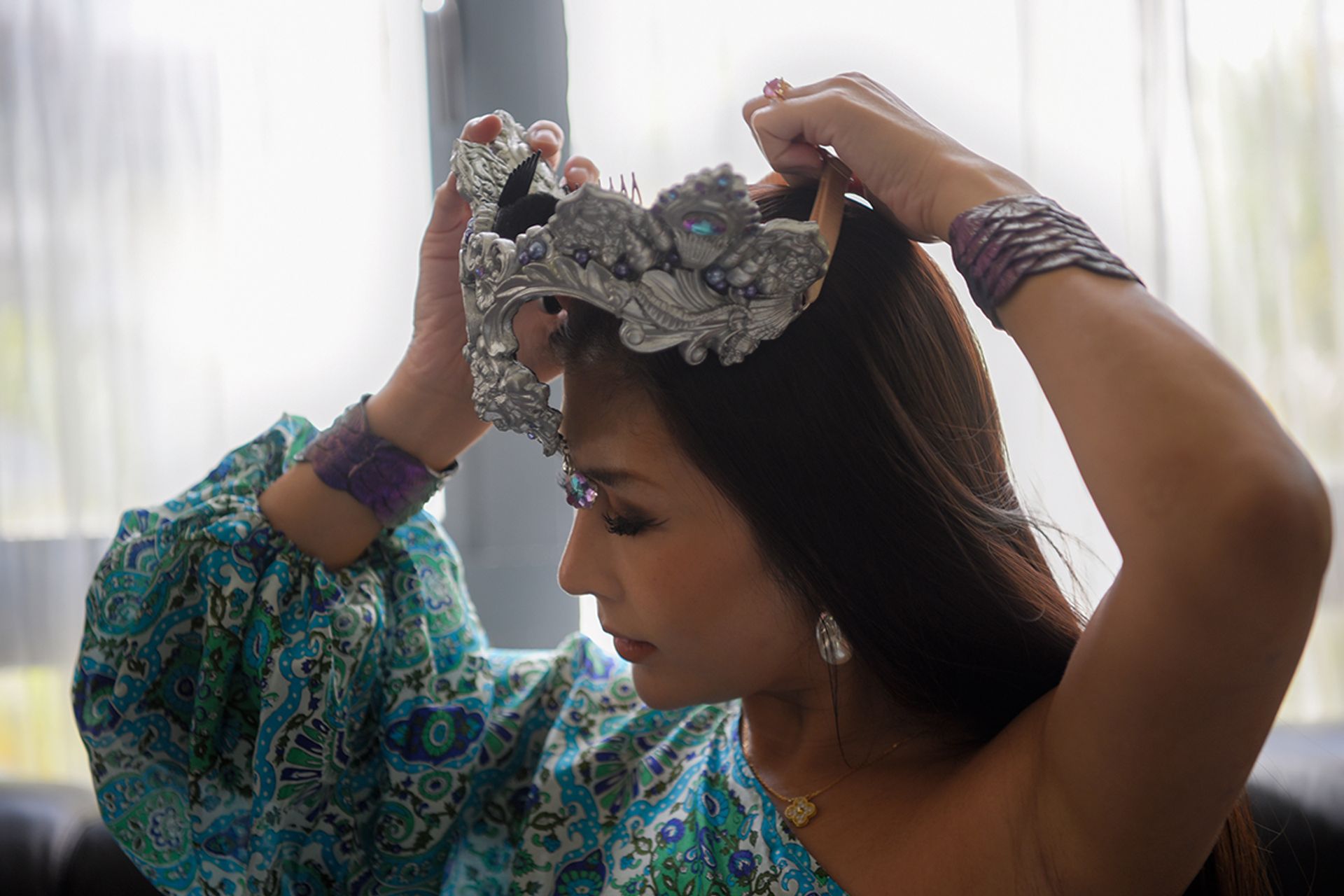
Singapore’s first full-time professional mermaid runs the Singapore Mermaid School.
Since 2015, hundreds of students, aged four to 88, ranging from housewives to accountants, have signed up for mermaid training.
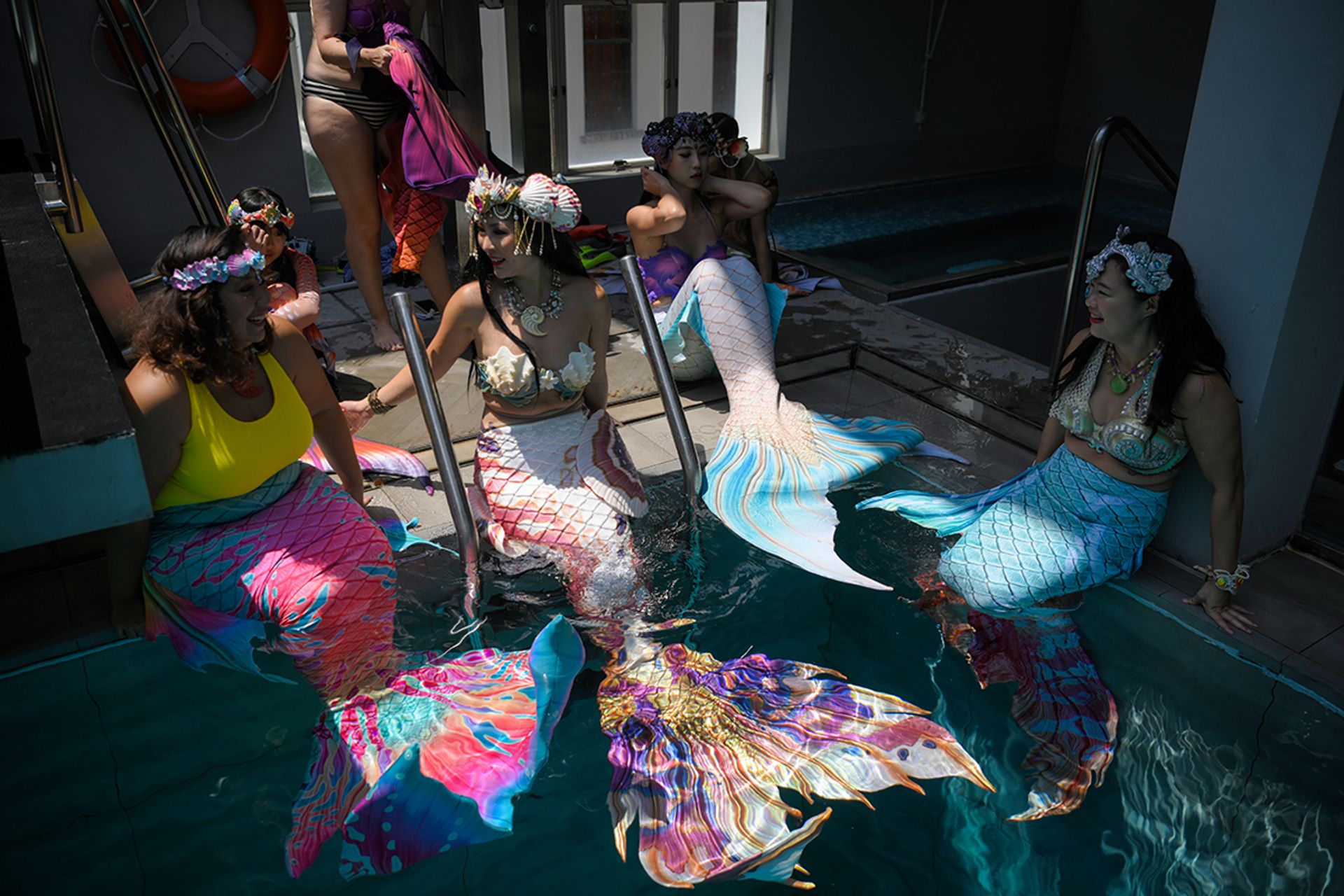
Syrena currently holds weekly performances at Fish Pool, a raw bar at The NCO Club in Beach Road.
This is the first of its kind in Singapore, and one of the venues where Syrena holds classes for her mermaid school, which also shows how far the super-niche subculture has come in the local context.
During the photo shoot, the grace with which the 11 mermaids swam around the camera made it look like a walk in the park.
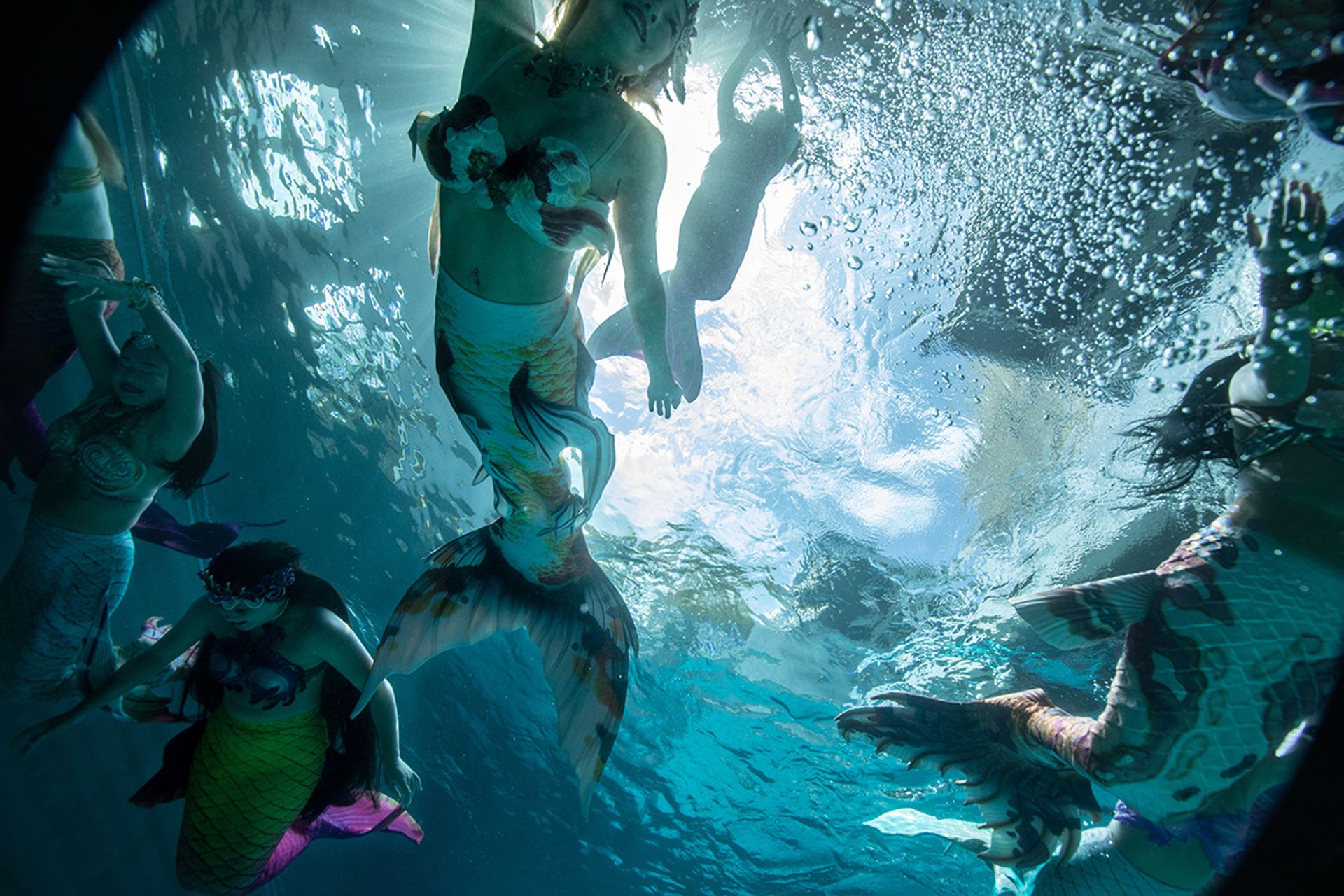
But easy as it looked, the practice is in fact extremely tiring.
HEAVY WEIGHT
The mermaid tails are made of different materials. Fabric tails weigh as little as 2kg, while hyper-realistic silicone tails can weigh from 15kg to 25kg.
“A core part of mermaiding is bringing the audience into a different world. So even in that minute or so where you are holding your breath, you have to make sure you’re juggling your hair, make sure it’s not going in your eyes, and make sure that your eyes are neither too small nor too big, even with water rushing up your sinuses.” Syrena says.
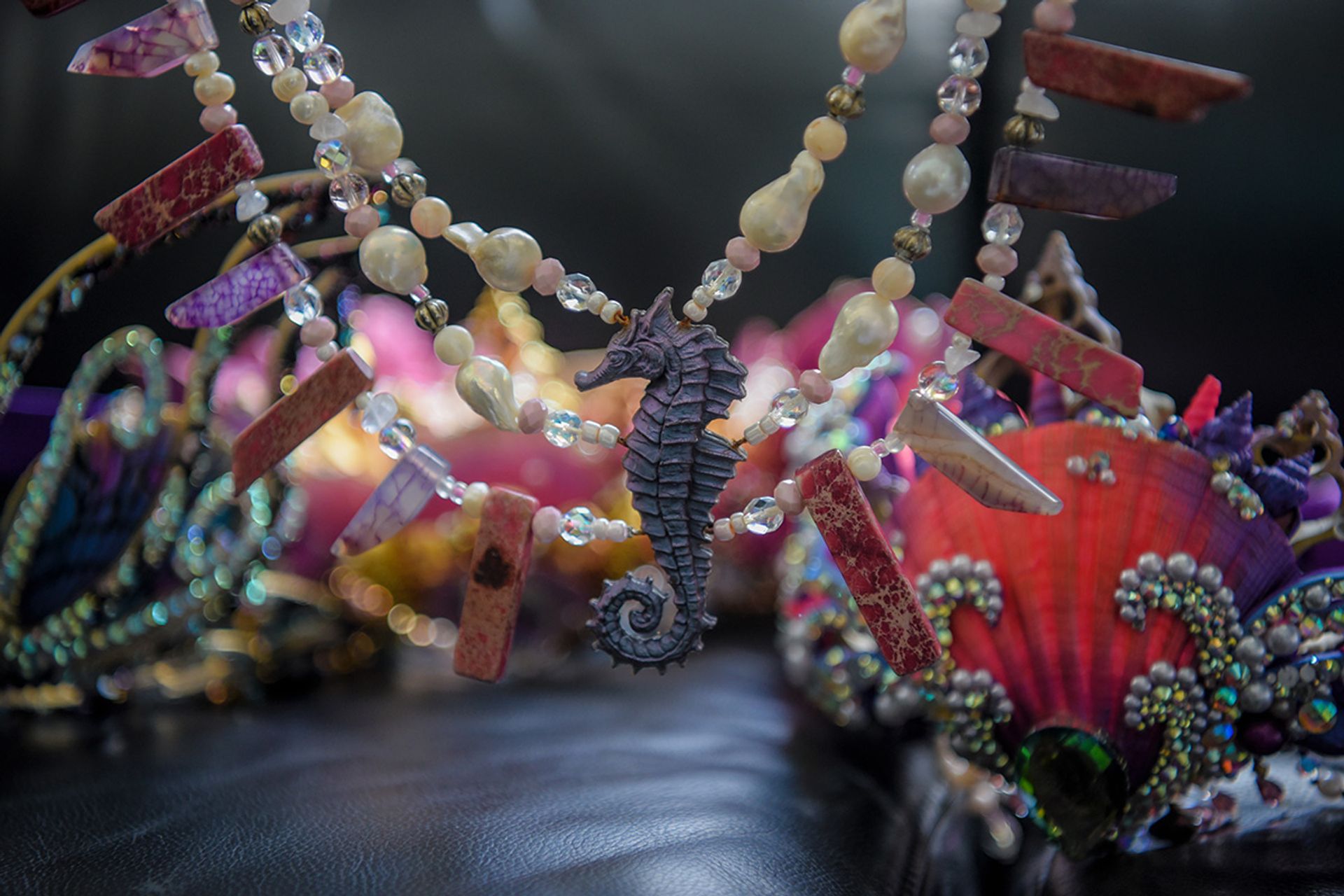
For Syrena, it was a childhood fascination with the magical and mythical that led to her to pursue a career as a full-time performing mermaid, starting off with children’s parties and corporate gigs some 10 years ago.
“The beautiful thing is because you’re a mythical creature, you then have the power to self-define,” she says.
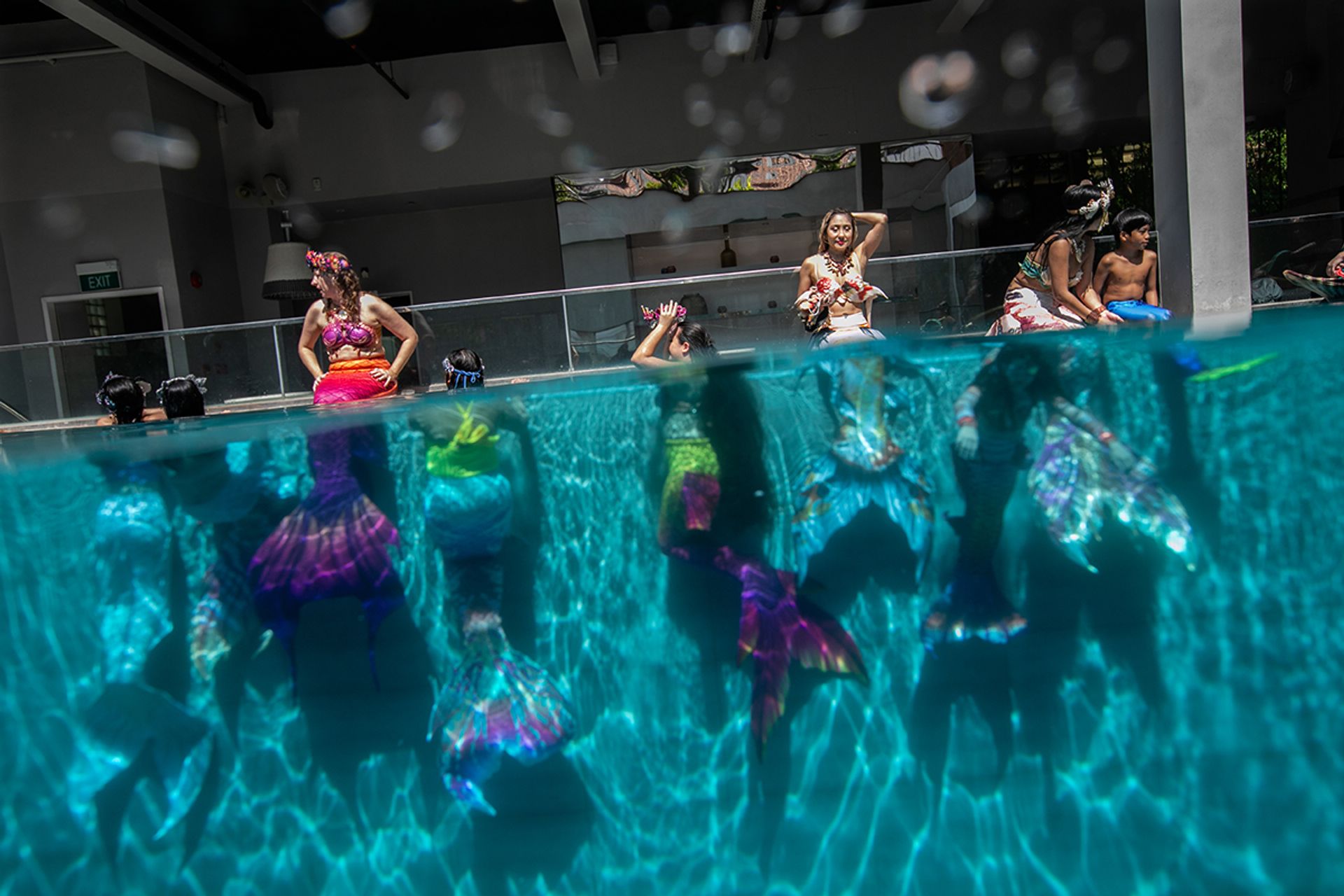
“Some people think we just lounge around pools looking really pretty, but there’s so much more to it – the artistry, discipline and athleticism that go into it.”
Not to mention, “it is an amazing workout for your core and back, which is why some people take it up for fitness reasons”.
Life as a mermaid would be a lonely business if it weren’t for mermaid friends in this unusual community.
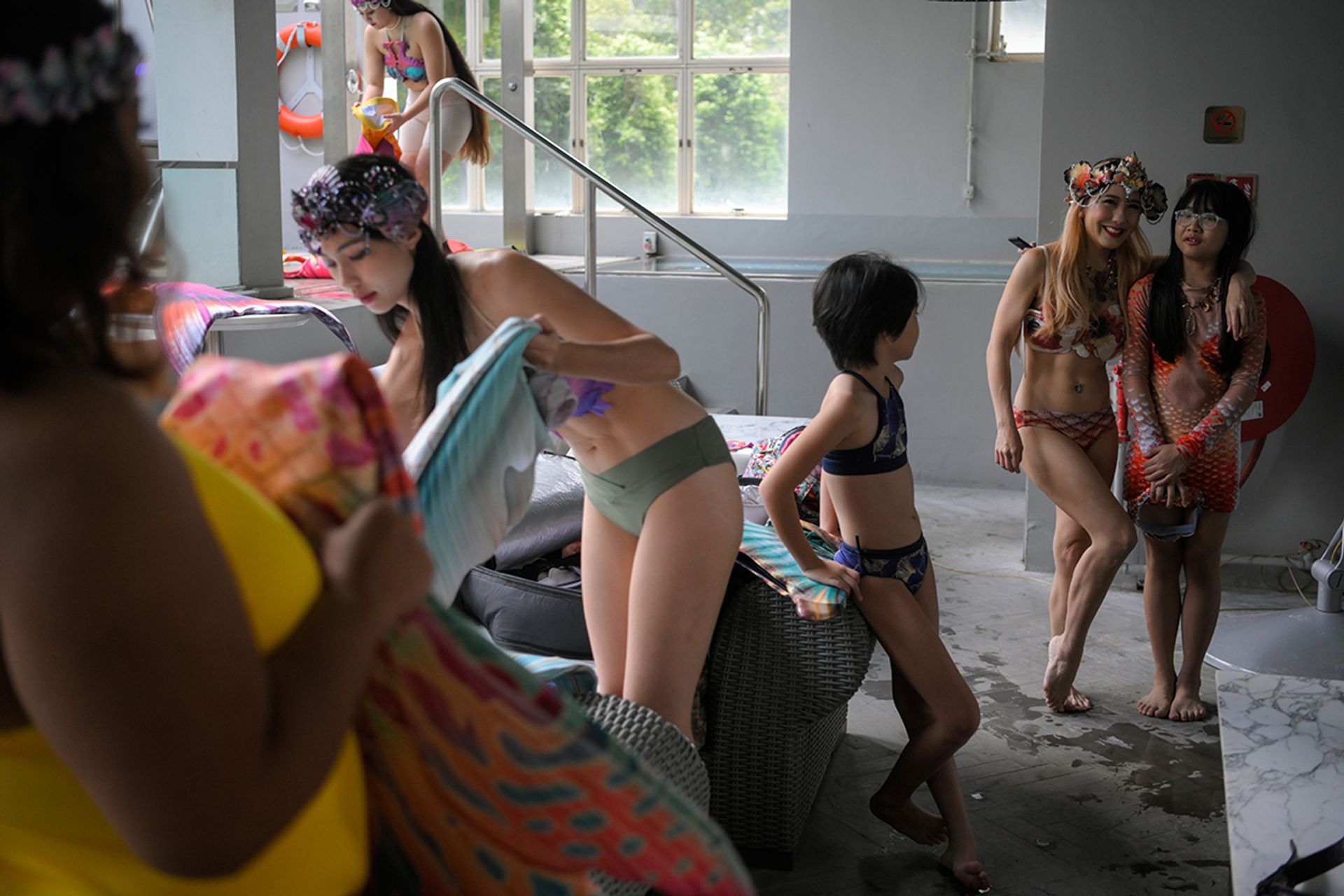
“The beauty of mermaiding is it combines all those things, and you then realise it is even more magical and empowering than the reasons you first came here for.”
Home-grown acrobats set to scale new heights
Singapore’s first acrobatic circus company, the Circus of Altrades, was born out of a love and obsession for the circus by two aspiring artistes, as well as their yearning to create a troupe based in Singapore.
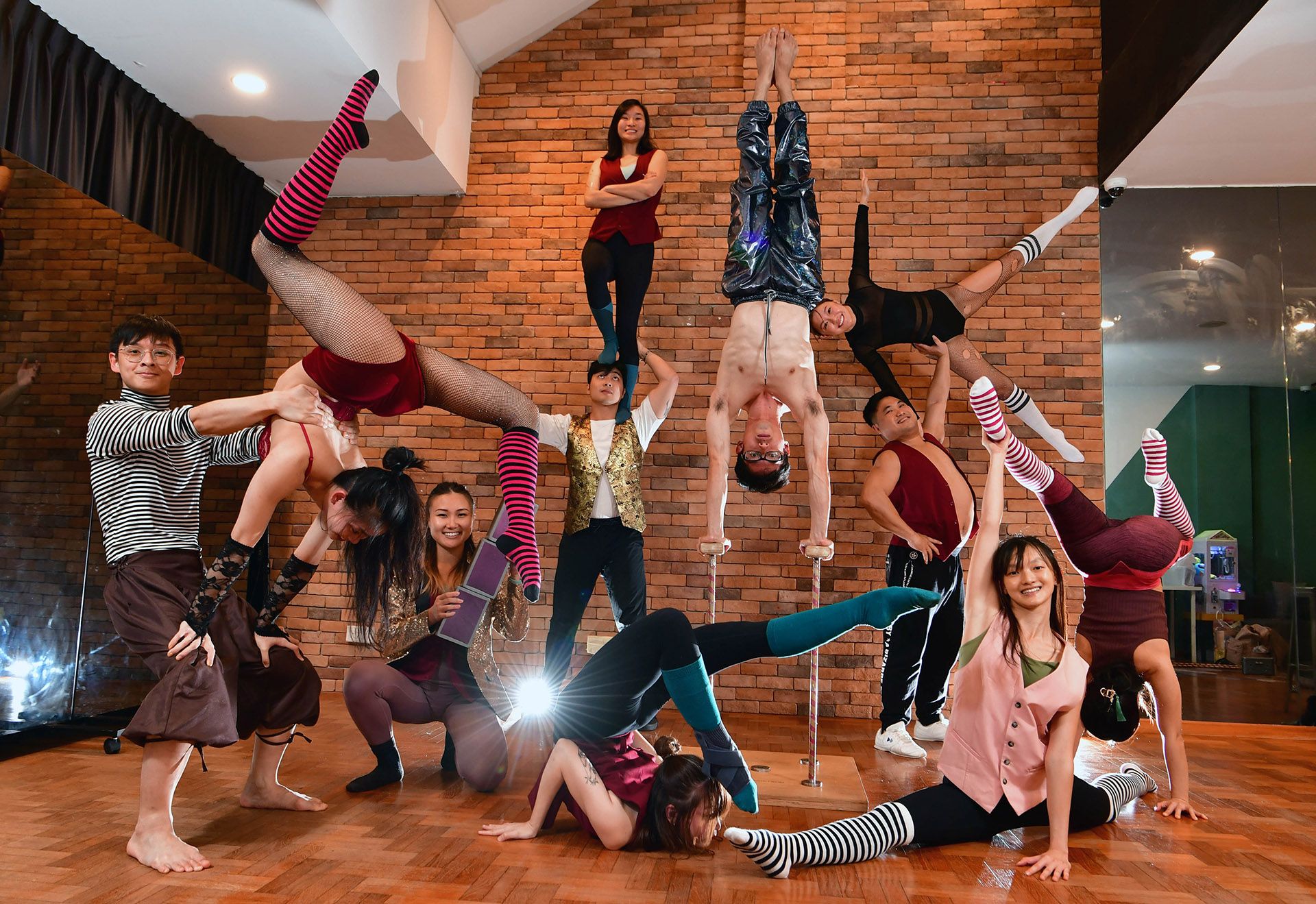
Co-founders Koh Jia Sheng and Beverly Wan, both 26, formed the troupe in 2020 after reaching out to friends and contacts like former gymnasts, cheerleaders, and parkour practitioners.
“Our big dream is to be able to provide jobs for acrobats and aspiring circus artistes in Singapore” says Ms Wan.
“We want to build it big enough, so we can tour and represent the local scene on an international level, where our shows become a staple of the Tourism Board,” she adds.
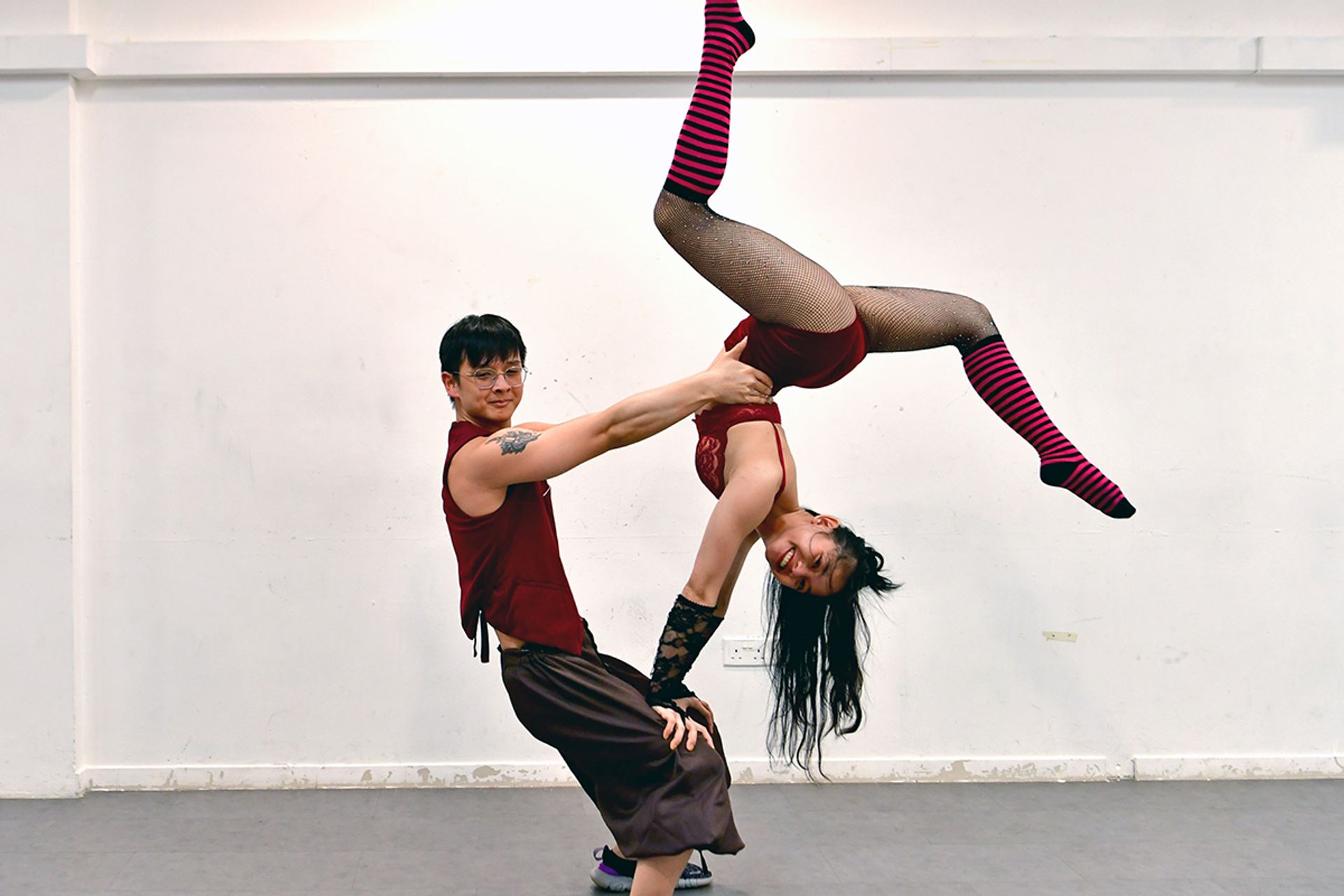
The troupe has just under 20 members. Three are full-time acrobats, including the founders, while the rest are students, or in careers such as interior design, auditing and fitness coaching.
“Altrades is a play on the phrase the jack-of-all-trades,” says Ms Wan.
According to her, one thing they are proud of is the versatility that they are able to offer.
“Almost everyone specialises in a few things, everyone has to learn how to do a handstand, has to tumble, and that makes it so much easier to function as an acrobatic troupe,” she says.
As a full troupe, they train together once a week at places such as basketball courts, void decks or playgrounds where they set up their mats to practise.
Besides the core discipline of group acrobatics, the members perform contortion, hand-balancing and tumbling, as well as prop manipulation like juggling cigar boxes and spinning diabolos. They even have a fire breather on the team.
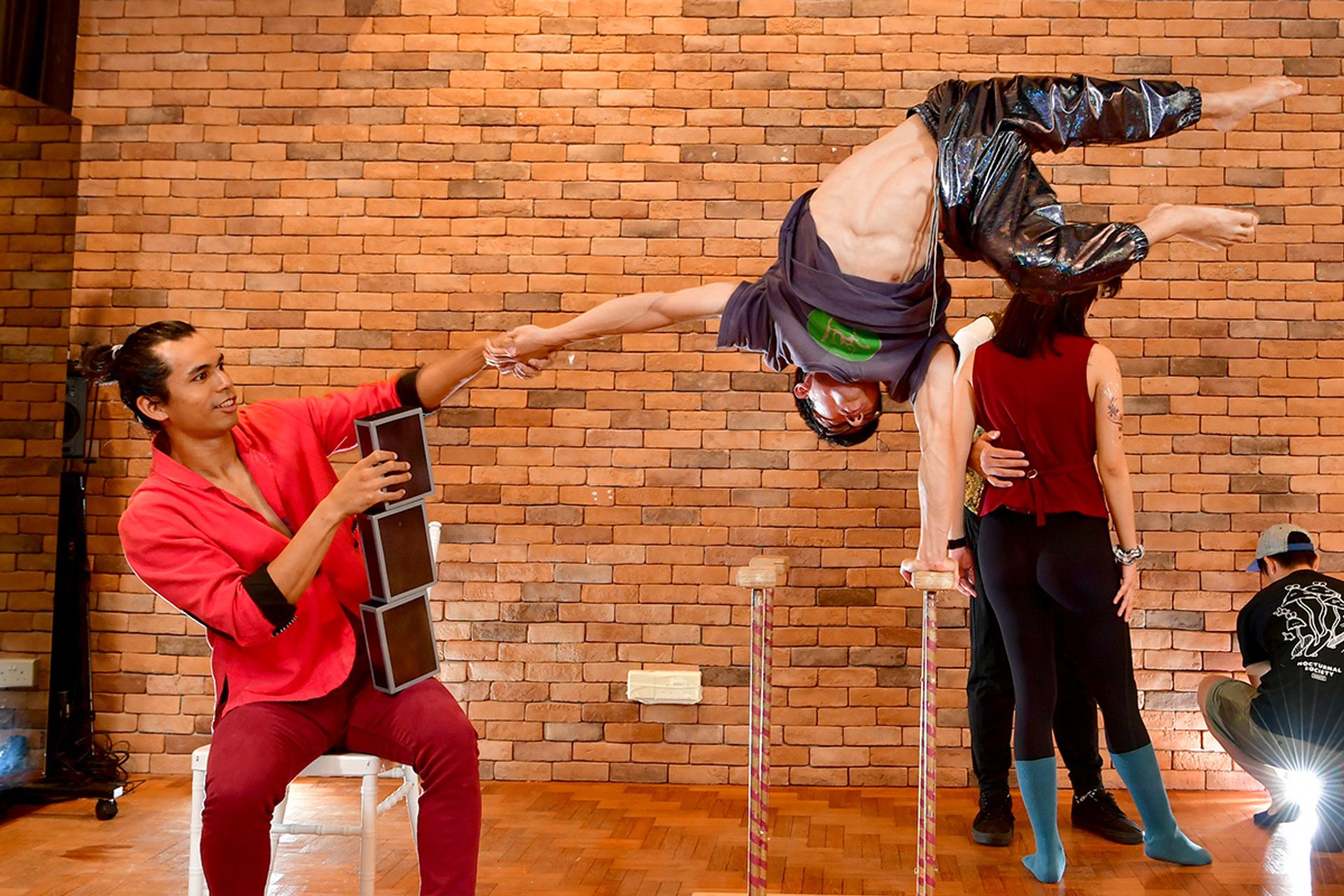
The troupe is holding its first full-scale production in November at the Gateway Theatre in Bukit Merah Town Centre.
To find out more about Circus of Altrades, visit www.altrades.sg.
Epilogue: How the photos were taken
Group photos are challenging. A successful one usually involves a lot more time setting up the shot than actually taking it.
For this project, we started gathering and reaching out to the groups we wanted to feature a month before publication.
The hardest part was to get at least 10 people per group to show up for the shoot, mostly due to multiple conflicting schedules. On top of that, we had to factor in recce time, equipment logistics and also shoot locations.
For photojournalist Mark Cheong’s shoot with the mermaids, it was the constant worry about equipment failure – water leaking into the underwater camera housing – that bugged him.
Scuba gear was also rented for the day of the photo shoot, and a lot of time was spent gearing up and testing the equipment underwater after he had not dived for a few years.
Last-minute curveballs were also thrown at us.
In photojournalist Azmi Athni’s case, he arrived at the shoot location at the famous Toa Payoh playground one hour early, only to find that the location was being used by another commercial photographer for another four hours.
Luckily he managed to make sure we weren't hampered as both shoots happened concurrently.


